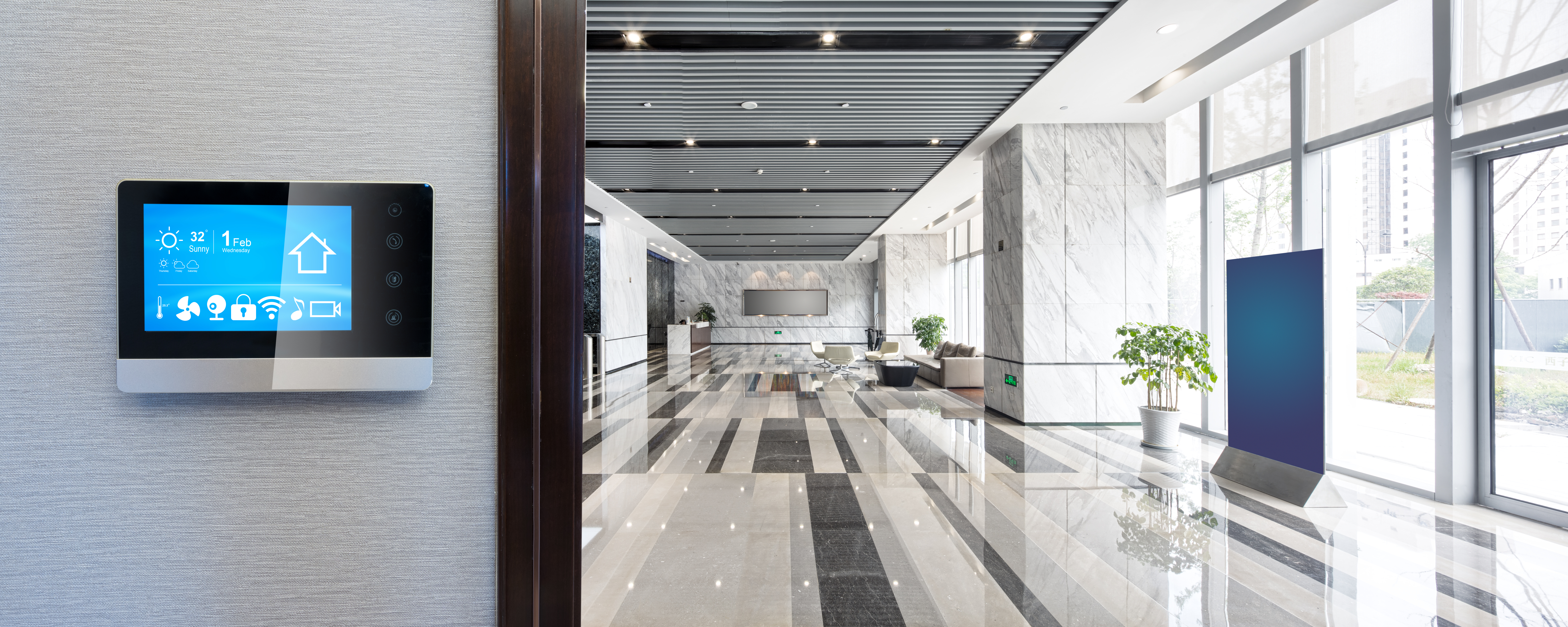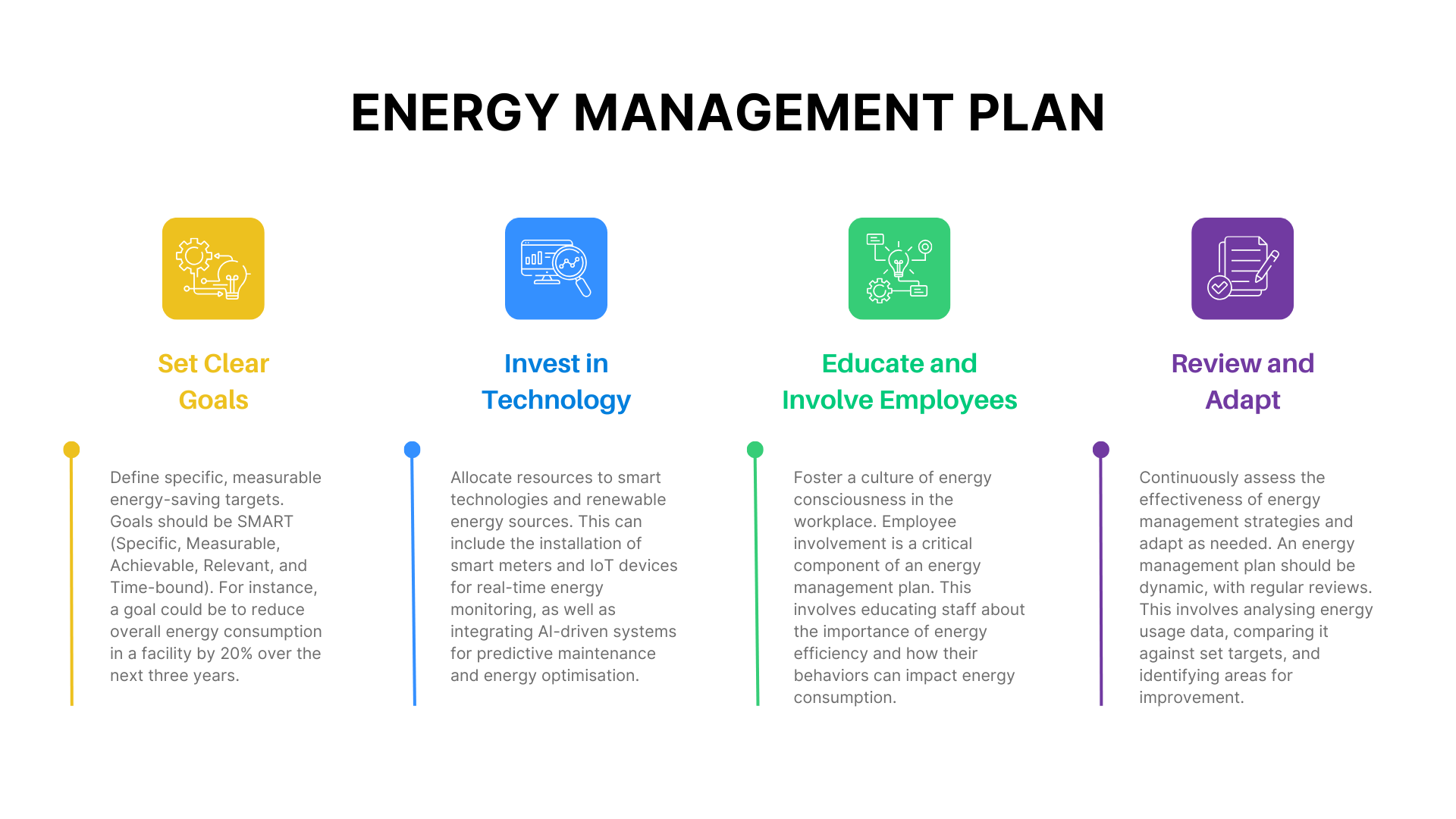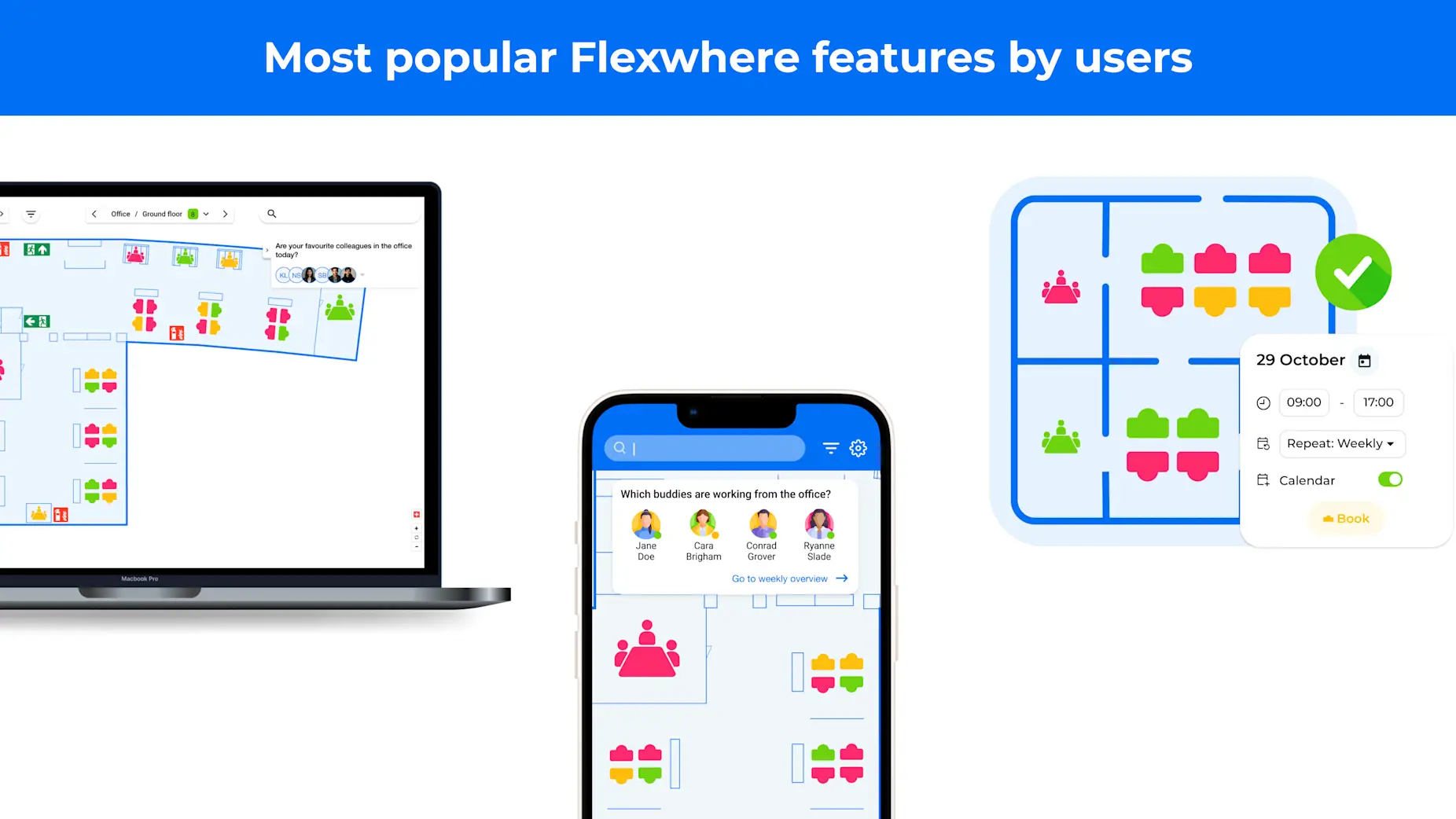
FM Guide: 5 Strategies for Cost-Effective Energy Management
 Contents
Contents
In a time when environmental awareness is paramount, the significance of efficient and sustainable energy management in office spaces is more critical than ever. As 2024 unfolds, organisations are increasingly acknowledging the dual advantages of minimizing energy use: notable reductions in operational expenses and a diminished environmental impact. This article delves into the strategies and innovations that are at the forefront of shaping the future of energy management in the workplace.
The Benefits Go Beyond Cost Savings
While the primary motivation for energy management is often cost-related, the benefits extend far beyond the balance sheet:
Environmental Impact: Reducing energy consumption directly decreases greenhouse gas emissions, contributing to the fight against climate change.
Corporate Responsibility: Demonstrating a commitment to sustainability can enhance a company's reputation, appealing to environmentally conscious consumers and employees.
Regulatory Compliance: Efficient energy management can help companies meet increasingly stringent environmental regulations and avoid potential penalties.
Key Strategies for Cost-Effective Energy Management
1. Smart Building Technologies: The integration of smart building technologies is at the forefront of energy management. IoT (Internet of Things) enabled devices, smart thermostats, and AI-driven energy systems allow for real-time monitoring and optimization of energy usage, leading to significant reductions in waste. A study from the American Council for an Energy-Efficient Economy (ACEEE) found that smart building technologies can reduce energy use in commercial buildings by an average of 18%. The Edge building in Amsterdam, often cited as one of the smartest buildings in the world, uses 70% less electricity than typical office buildings.

2. Energy Audits and Monitoring: Regular energy audits are essential for identifying areas of excessive consumption. Continuous monitoring enables facility managers to track energy usage patterns and implement targeted strategies to reduce consumption. The installation of energy monitoring systems in commercial buildings has been shown to lead to an average energy saving of 7% in the first year.
3. Renewable Energy Sources: Investing in renewable energy sources, such as solar panels or wind turbines, can provide long-term cost savings. Although the initial investment may be significant, the reduction in energy costs over time often justifies the expense. The cost of solar energy has dropped by more than 70% since 2010, making it increasingly competitive with traditional energy sources.

4. LED Lighting: Transitioning to LED lighting is a simple yet effective measure. LED lights consume significantly less energy and have a longer lifespan compared to traditional bulbs, offering substantial savings in energy and maintenance costs. LED lights use at least 75% less energy and last 25 times longer than incandescent lighting. As of 2022, LED lighting constitutes about 60% of the global lighting market, up from less than 10% in 2010.
5. Employee Engagement and Behavioral Changes: Encouraging energy-saving behaviors among employees can have a considerable impact. Simple actions like turning off lights and computers when not in use and optimising heating and cooling settings can collectively lead to significant savings. Research indicates that behavioral changes can reduce a building's energy consumption by up to 20%. Google's "We're Committed" program, which focuses on encouraging sustainable behaviors among employees, resulted in a 20% reduction in disposable cup usage within one year of implementation.
Implementing an Energy Management Plan
Developing an effective energy management plan requires a comprehensive approach:

Set Clear Goals: Define specific, measurable energy-saving targets.
Invest in Technology: Allocate resources to smart technologies and renewable energy sources.
Educate and Involve Employees: Foster a culture of energy consciousness in the workplace.
Regular Review and Adaptation: Continuously assess the effectiveness of energy management strategies and adapt as needed.
Looking Ahead
As we move through 2024, the importance of cost-effective energy management in office settings will continue to grow. This movement is not just about cutting costs; it's about embracing a sustainable future. For businesses, it presents an opportunity to lead by example, demonstrating that economic efficiency and environmental responsibility can go hand in hand.























%20(1).png)




